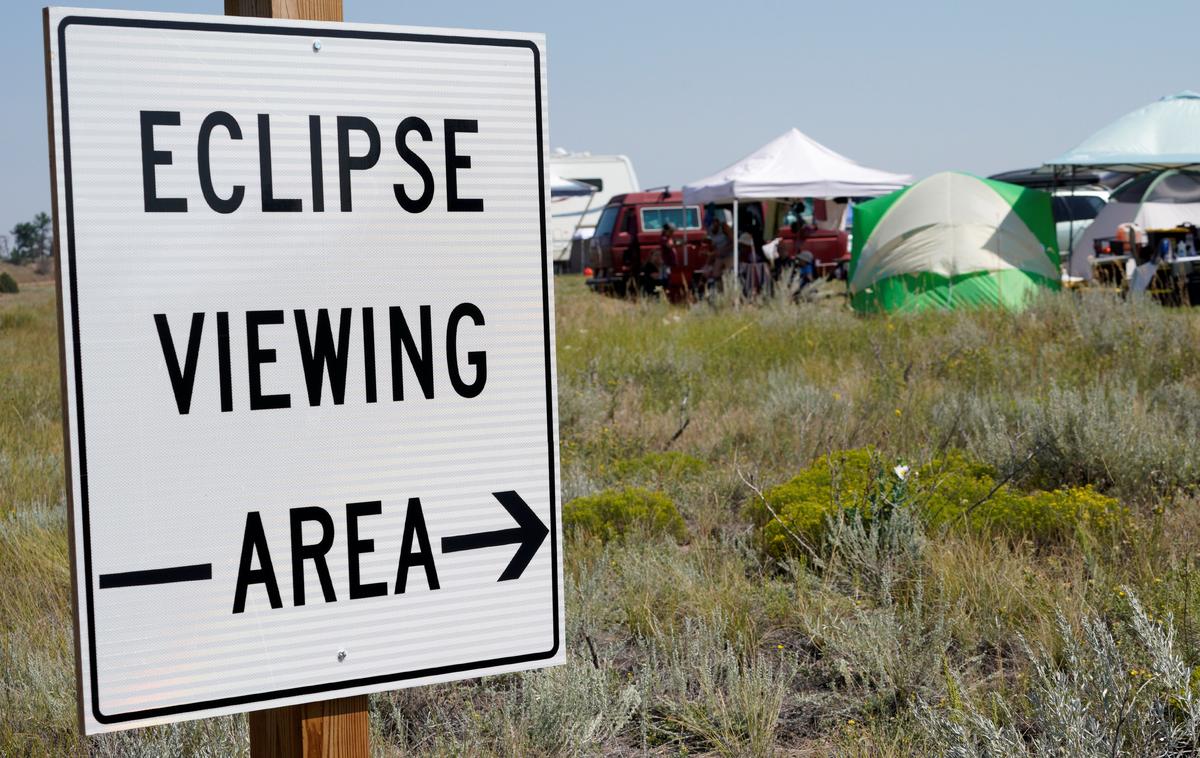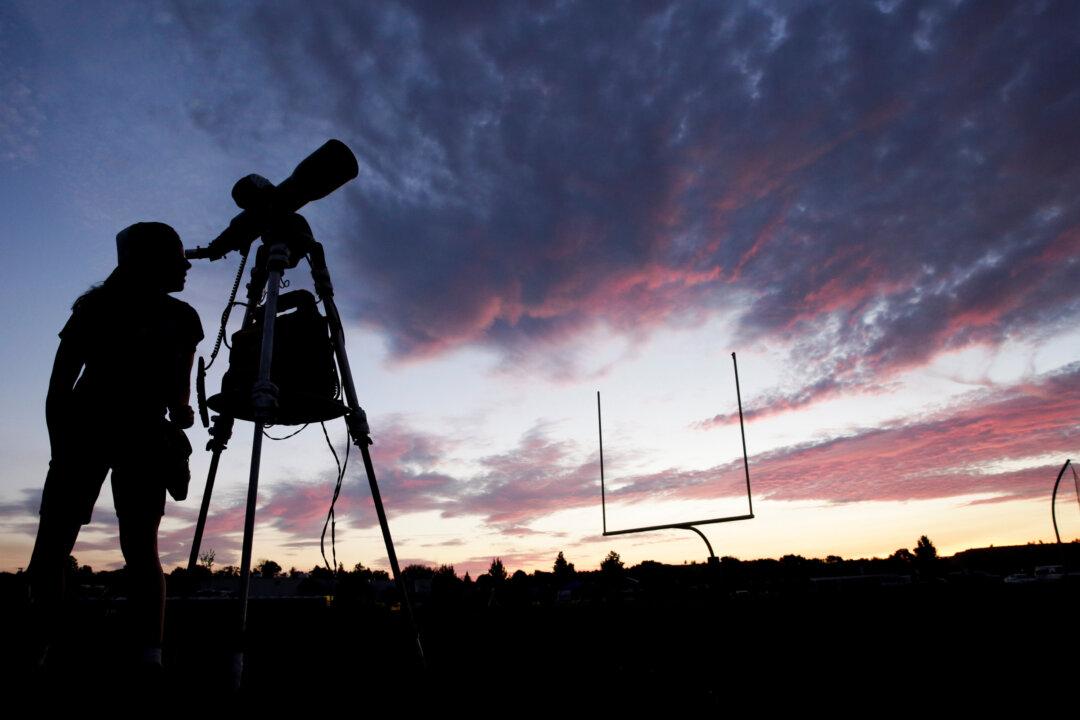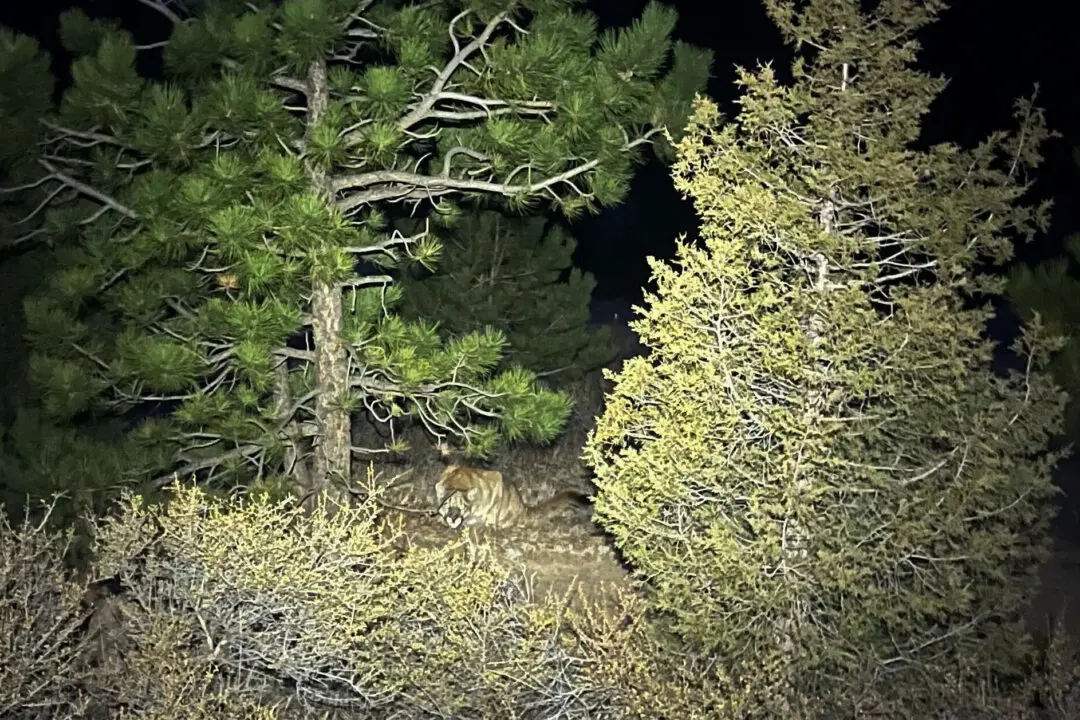Scroll down for NASA live stream
SALMON, Idaho/MURPHY, N.C.–Millions of Americans equipped with protective glasses are taking positions along a ribbon of land cutting diagonally across the United States to marvel at the first total solar eclipse to unfold from coast to coast in nearly a century.
After weeks of anticipation, the sight of the moon’s shadow passing directly in front of the sun, blotting out all but a halo-like solar corona, will draw one of the largest audiences in human history, experts say, when those watching via social and broadcast media are included.
Some 12 million people live in the 70-mile-wide, 2,500-mile-long zone where the total eclipse will appear on Monday. Millions of others have traveled to spots along the route to bask in its full glory.
Murphy, North Carolina, in the Smoky Mountains about 120 miles north of Atlanta, is among hundreds of small towns that are preparing for a huge influx of eclipse watchers.
“The weather forecast for Monday is beautiful, probably not a cloud in the sky all day,” said Dave Vanderlaan, 61, a retired landscaper. “We’re busy but tomorrow anybody in Atlanta who says they want to see total, they’re going to come up to this area, so it could be crazy.”






